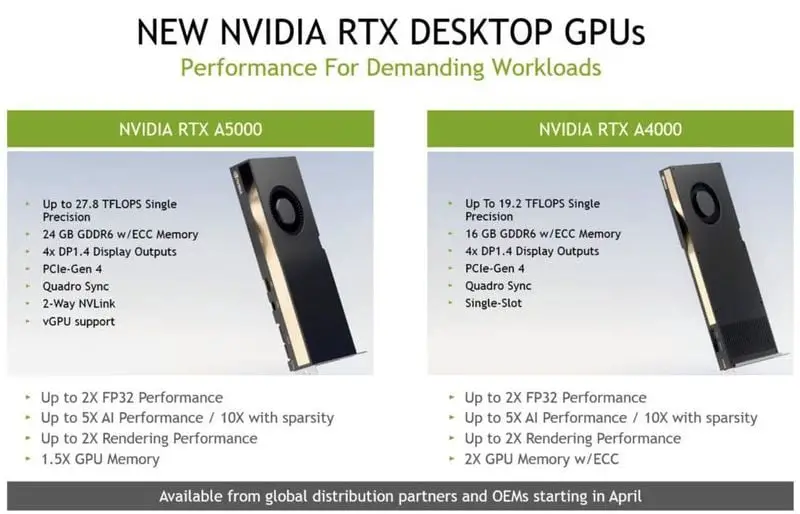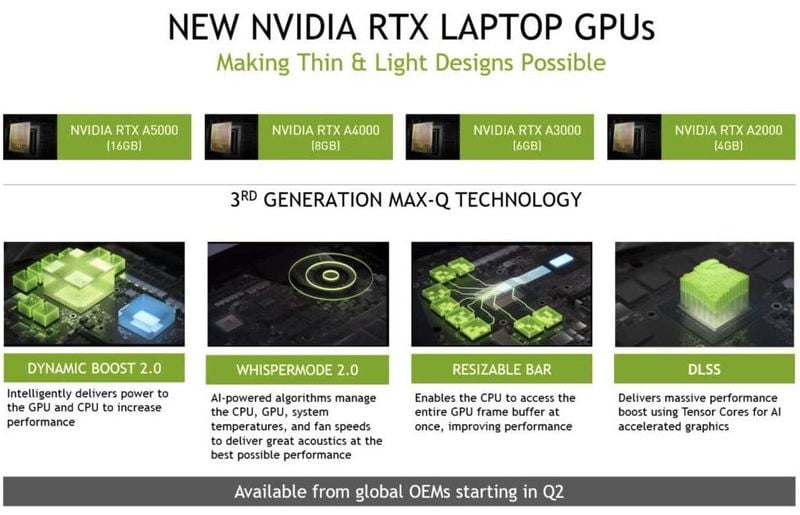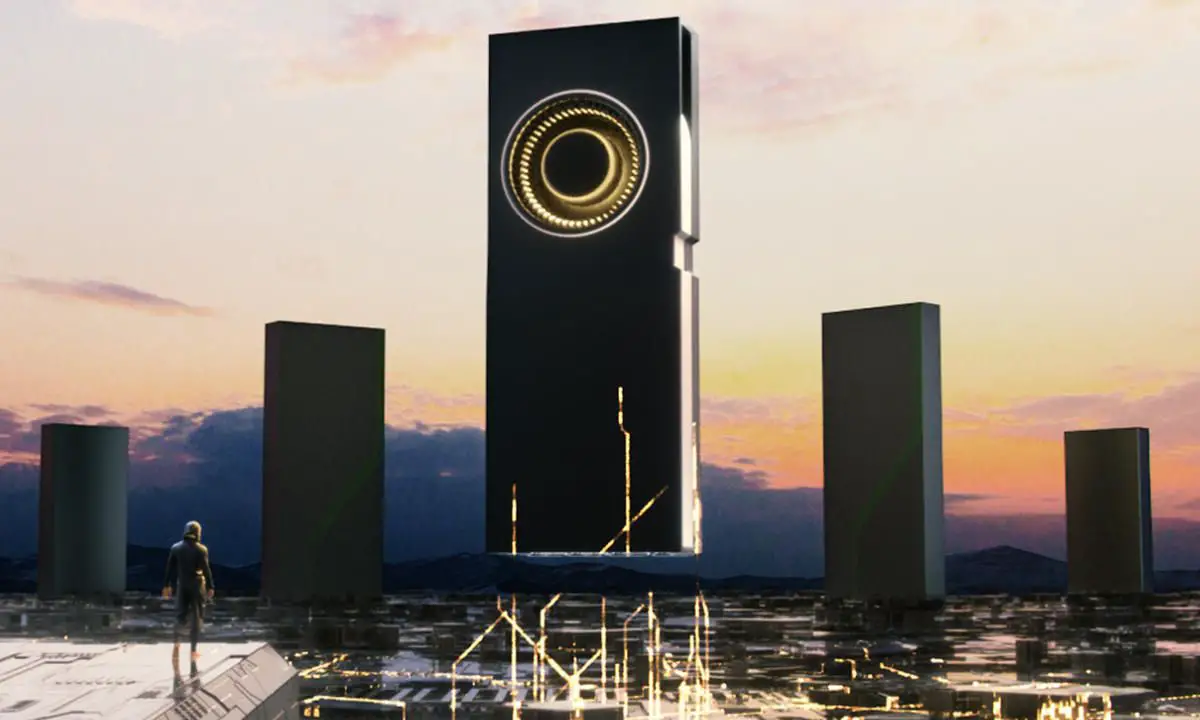Nvidia introduces new Ampere graphics for workstations.
NVIDIA continues to hold its GTC 21 conference and to the bombshell announcement of the Grace CPU, it has added others such as the entry into quantum computing and the collaboration with MediaTek to add RTX 30 GPUs to ARM SoCs.
New dedicated graphics could not be missing and the green giant has announced six new professional models under its latest Ampere graphics architecture, intended for notebooks, desktops, and servers. “Hybrid work is the new normal,” said Bob Pette, vice president of professional visualization at NVIDIA. “RTX GPUs, based on the NVIDIA Ampere architecture, deliver the performance for demanding workloads on any device, so people can be productive from anywhere they need to work.”
New Nvidia RTX for workstations
With this in mind, NVIDIA has unveiled two new cards for desktop workstations, the RTX A5000 and RTX A4000, which will be added to the RTX A6000 already on the market. The former has the same core, the GA102 graphics core manufactured in 8nm technology processes.

For mobile workstations, NVIDIA has introduced four different models, RTX A5000, RTX A4000, RTX A3000, and RTX A2000, with graphics cores ranging from GA 102 to GA 106.

Common features include:
- Second generation RT cores with up to twice the performance of the previous generation, with the ability to run simultaneous ray tracing and shading tasks.
- Third generation tensor cores: up to 2x the performance of the previous generation and support for the new TF32 and BFloat16 data formats.
- CUDA cores: up to 2.5 times the previous generation FP32 performance for significant increases in graphics and compute workloads.
- Up to 24GB of dedicated GDDR6 memory, double the previous generation and with support for error-correcting ECC memory. RTX A5000 is expandable up to 48GB of memory using NVIDIA NVLink and dual GPU connection.
- Virtualization: RTX A5000 supports NVIDIA RTX vWS software for multiple instances of high-performance virtual workstations allowing remote users to share resources.
- Support for PCIe Gen 4 x16 interface that doubles the bandwidth of the previous generation and offers four Display Port 1.4 digital video outputs for connecting four simultaneous monitors.
- Third-generation Max-Q technology: for ultra-lightweight professional notebooks, with Dynamic Boost 2.0, WhisperMode 2.0, Resizable BAR, and NVIDIA DLSS technology.
The new NVIDIA RTX for workstations will be available in the channel and installed in new workstations from leading manufacturers later this quarter.





